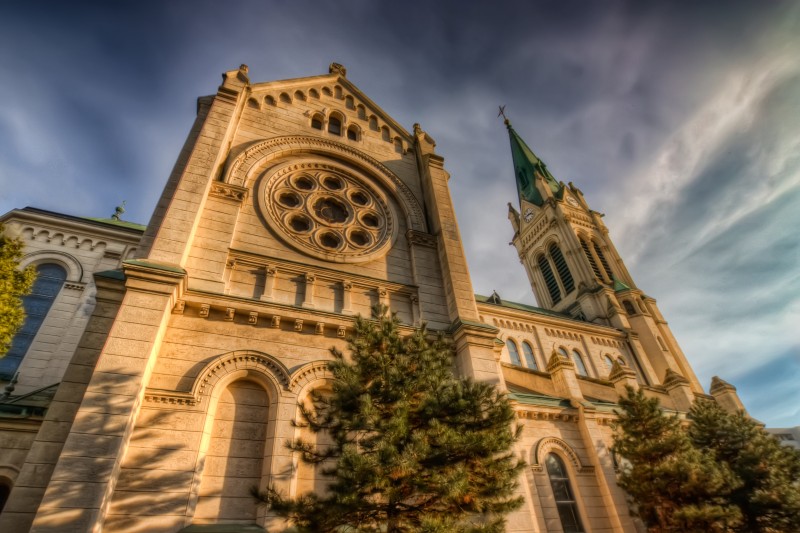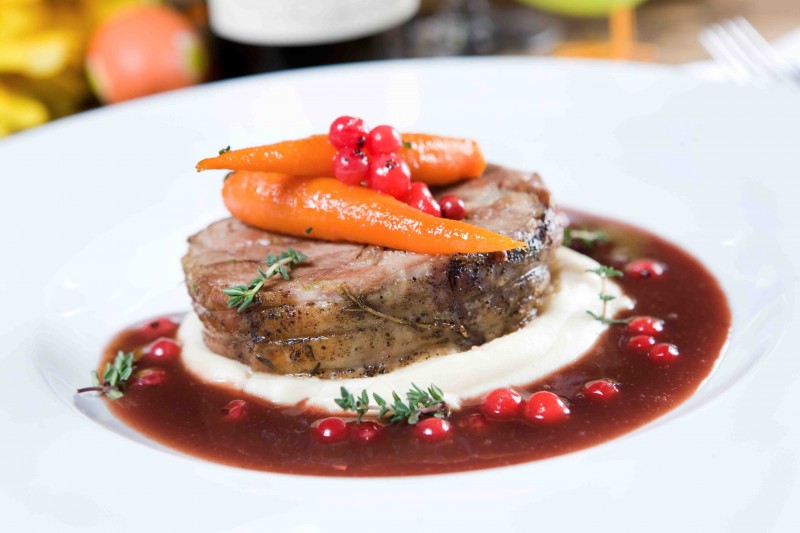Why should you visit?
The answer is simple – because it’s all here. History, architecture, tradition, culture, art, drinks, food and nightlife.
Located on the River Danube, Bratislava is easily accessible. It’ a great place to hang out. The city is safe, friendly, hassle-free and there is always something worth doing; whether you’re here for an afternoon, a week or a year.
Unique Location
Bratislava has always been a flourishing and prosperous town, which has made the most of its strategic position on the Danube and at the intersections of important European trade routes. In the Mediaeval period and later in the 18th century, it was a significant economic centre and later, a cultural and political centre of Central Europe. It was thanks to its location that in the 16th Century, Bratislava i became the capital and coronation town of the Hungarian Kingdom and the place, where its crown jewels were kept. For one thing, it was remote from the invading Turks, yet close to imperial Vienna, from where the whole of the Austro-Hungarian Empire was governed for almost the following 500 years.
For a long time, Vienna and Bratislava were very closely connected economically, culturally and politically. In the 18th century, the Castle was rebuilt and served as a summer residence for Queen Maria Theresa who visited the town frequently. The main reason for her regular visits was the fact, that her favourite daughter, Maria Christine, lived here for almost 20 years.
The strategic location of the town had been considered a long-term advantage but suddenly in the middle of the 20th century it became a major disadvantage, when Bratislava had to pay heavily for its unique position. After the communists came to power in 1948, an Iron Curtain, visible from the city centre, was drawn. It brutally divided what had once been a single economic and cultural region.
Following the fall of communism in 1989, Bratislava could at last develop as a free town and re-establish its close relations with Vienna.Now, paradoxically, it was Vienna which held the excluded region back from its more rapid growth. Although much was resolved once Slovakia became a member of the European Union in 2004, the final impediment to the rapid development of the cross-border Euro-region was removed as late as 2007 when a motorway on the Austrian side came into operation and Slovakia became part of the Schengen group.

History
Cultural buffs will not be disappointed. The city walls and the wonderful St. Michael’s Gate remind visitors that town fortifications were essential in the 1300s. The architecture ranges from gothic to Renaissance, baroque, rococo to neo-classic and empire. The coronation route of Hungarian Kings is marked out in plaques with gilded crowns hammered into the cobblestones. Visitors seeking the inside story need only take the tour through the Old Town Hall, including its climb to the top of the bell tower and the castle, which Maria Theresa used as her favourite residence.
Several parts of the city were changed during socialism and for those curious about what happened during the 40-year communist era, Bratislava offers a chance to get beyond the generalisations. There is abundant evidence of the boldness of the communism experiment, the remarkable housing project at Petržalka, the concrete bunkers dotting the border between Austria and Slovakia, the striking UFO bridge, the memorials to the fallen soldiers who liberated Bratislava from the Nazis, as well as the memorial to those who lost their lives attempting to flee across the Iron Curtain in Devín where another castle is located. While the castle is largely unreconstructed, there are some historical exhibits to help the visitors appreciate its story.
Culture vultures will find world-class modern art and fabulous international ballet and opera companies with rock-bottom ticket prices.
Gastronomy
Foodies can indulge tasting the full range of Middle Europe’s renowned cuisine in the charming and atmospheric restaurants, a heritage of shared Austrian-Hungarian history. Choices range from traditional Slovak cuisine to Austrian schnitzel and Hungarian goulash soup.
Wines from the Bratislava Region are, a reason enough to come to the area. Denizens of the dark will find many night-time hangouts offering enough diversity to suit every taste. The music scene is fresh and the club scene vibrant and very laid back.
When all is said and done, Bratislava lives up to its reputation as a truly cosmopolitan city.
So, why Bratislava? The answer is simple – because it’s all here. History, architecture, tradition, culture, art, drinks, food and nightlife. And, it’s all very accessible.
